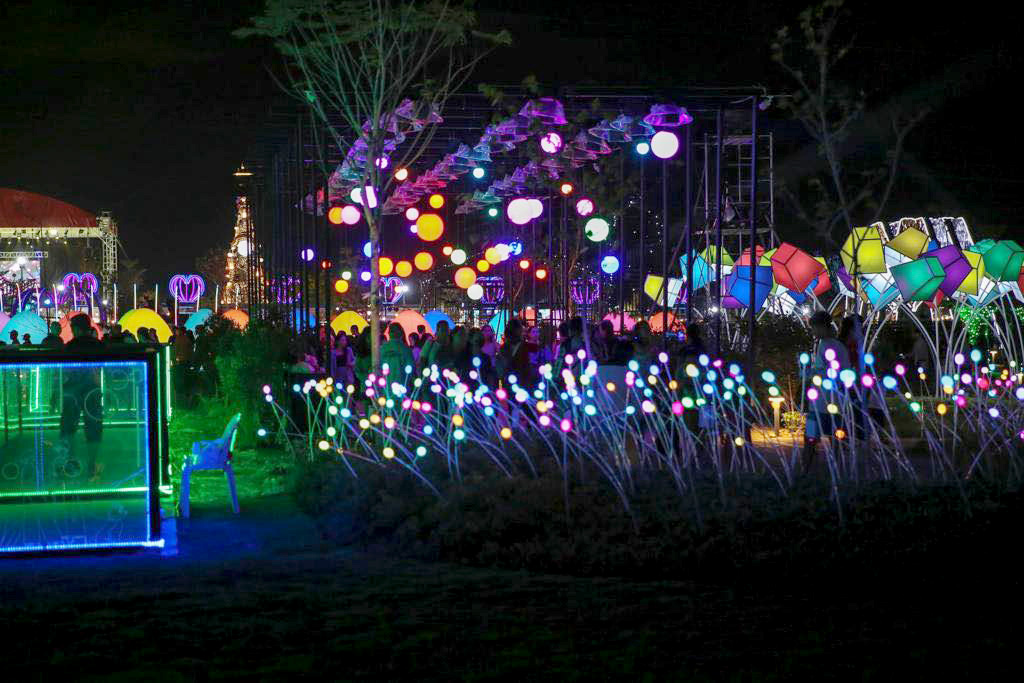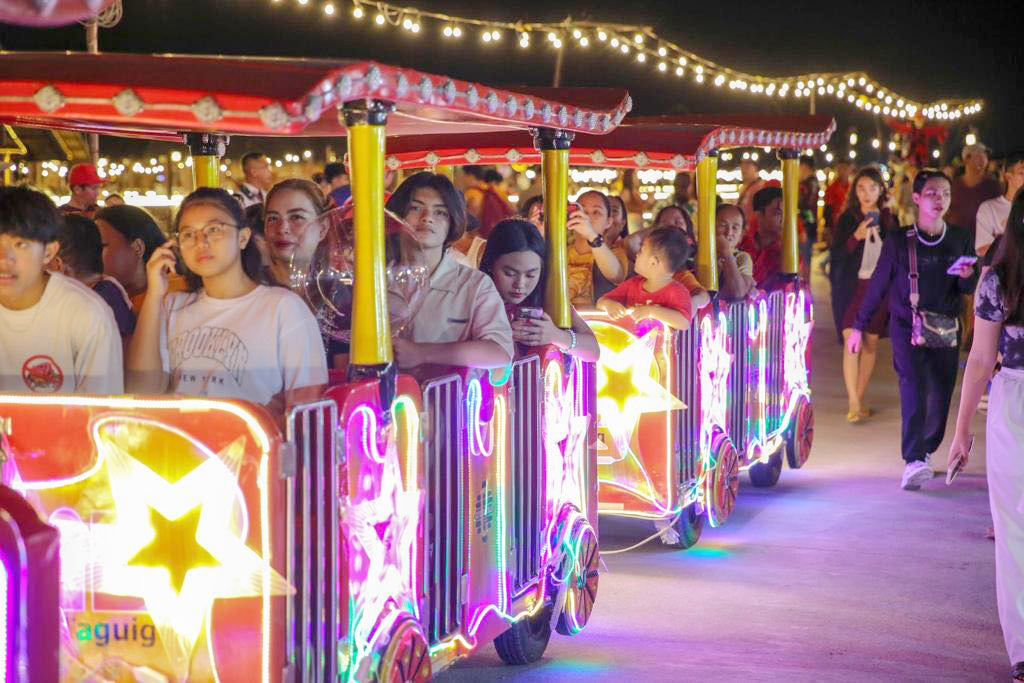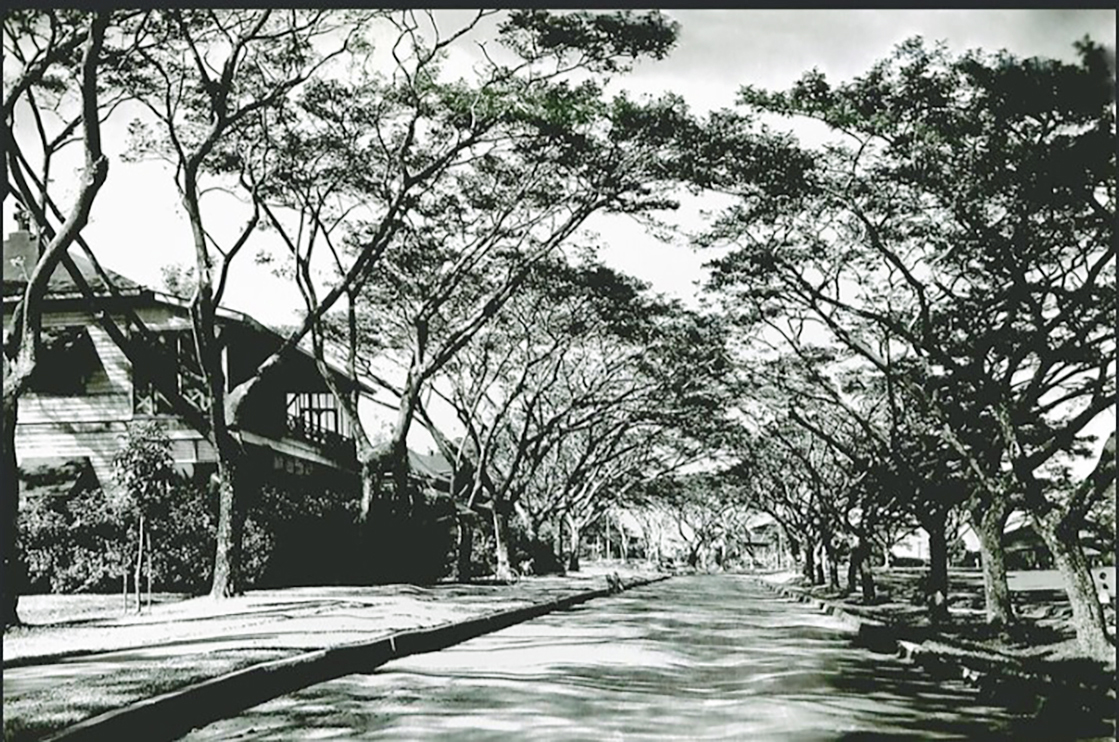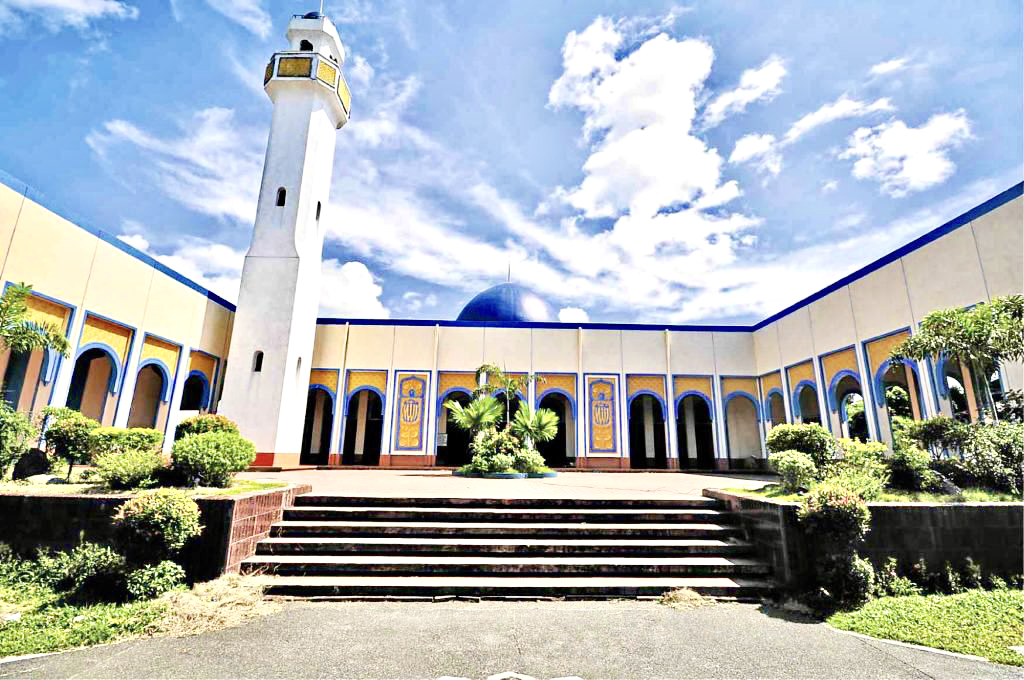All that glitters is not gold—they can be ceramic
1,000 years of trading with China, thanks to glazed pottery
At A Glance
- I read somewhere that being drawn to things that glitter and sparkle is rooted in our evolutionary history. It reminds us of the appearance of water, which is needed for our survival.

Light shows and fireworks always delight me. Maybe it’s a holdover from our prehistoric Philippines fascination for everything kumukuti-kutitap (glittering). It is reported that inhabitants of the islands we now call the Philippines grew enamored with ceramics from China because of their shiny appearance, on account of the glaze on the pottery—a far cry from our reddish or black mostly matted palayok of old.
According to tradeware ceramic specialists Rita Tan, “The first historic reference to the Philippines appears in Northern Song annals for the year 971. It is stated therein that a superintendent was set up in Guangzhou for Mai, an old name for Mindoro. In 982, some Mai-traders were reported to have arrived. Trade between the Mai and China flourished as they were along the Nanhai Trade route.” Nan Hai’s literal translation is “South Seas.”
Based on ceramics excavated from archaeological sites in the Philippines, glazed ceramics were a popular and coveted import from China during pre-Hispanic times. According to Tan, ceramics brought into the Philippines from China were “a rarity to the natives who took to them as exquisite wares used exclusively in rituals of all kinds. In most occasions, they were treated as treasures buried with the deceased.”
Trade in ceramics between China and the Philippines covers a period of 1,000 years. That’s a long time to cement our attraction to “sparkly stuff.” In fact, I read somewhere that being drawn to things that glitter and sparkle is rooted in our evolutionary history. It reminds us of the appearance of water, which is needed for our survival. The stimulation from glitter and sparkle has also been known to trigger a “positive emotional response.” It has conditioned us to appreciate sparkly and glittery stuff. This explains my reaction to the Christmas by the Lake light park in Taguig—I was like a kid in a candy store.

Christmas by the Lake in Taguig is on a six-hectare property along Laguna de Bay. The Taguig local government has created a free-to-all light show extravaganza that includes the graffiti tunnel, an “I love Taguig” installation or more popularly known as the K-drama “hand heart,” a giant coloring floor, a heart tower, and 3D light on the historic Santa Ana Church built in 1587.
Taguig was established as a pueblo during Spanish times with Santa Ana as its patroness. What an impressive display by the creative team of Taguig LGU led by Chi Datu-Bocobo and creative director Glen Concio. The inspiration of the light show they said was the Garden Glow in Dubai. When wanting a break, one can listen to one of the many buskers or concerts taking place at any given time during operating hours between 5 p.m. and 10 p.m. on weekdays and till 11 p.m. on weekends.
There are numerous food stalls and eating areas. Try getting one near the waterfront. If lucky, you may have a front row seat to catch the Agua Luna Light and Sounds show featuring laser animation and sound display while having a meal. When I went, there were a lot of people but crowd control was well managed. One is still able to enjoy the sites. There were guides and attendants to help visitors and med stations throughout the park, if needed. It was delightful! Oh! Small pets are allowed too. Guidelines for visitors and their fur babies along with any other inquiries can be found on the park's official website. Christmas by the Lake runs until Jan, 14, 2024.

I keep forgetting how close Laguna de Bay is from Makati (Manila Bay even, for that matter). Taguig is located on the eastern shore of the bay. I was able to enjoy the breeze and still hear the lapping of the waves from the bay along the baywalk. Enjoying the nightscape, I began to process how Taguig would have been 10 barangays less if Makati got its way, including the prosperous and bustling Bonifacio Global City (BGC). One must remember, the city that wins its claim over the disputed area will also be the beneficiary of payments of real estate taxes and other taxes and fees on lands, business permits, and licenses fees from properties and business located in BGC and barangays under dispute, not to mention the taxes on its residents.
If you recall, Makati claimed the areas of Post Proper Northside, Post Proper Southside, Pitogo, Cembo South, West Rembo, East Rembo, Pembo, Comembo, and Rizal as theirs following a series of proclamations and patents executed by past presidents (Corazon Aquino and Fidel Ramos). Taguig fought back using historical facts to prove these areas were under its territorial jurisdiction and pointed out that altering and diminishing territory without undergoing a plebiscite is unconstitutional (1987 Constitution Section 10, Article X). A plebiscite is “the direct vote of all the members of an electorate on an important public question, such as a change in the constitution.”
In its 2023 decision, the Supreme Court reinstated a July 2011 decision by the Pasig Regional Trial Court that oversaw the dispute between Taguig and Makati: “We find that Taguig presented evidence that is more convincing and worthier of belief than proffered by Makati. Consequently, we rule that Taguig has a superior claim to the disputed areas.” These convincing pieces of evidence consists of historical evidence presented by Taguig in court, among them a map of Fort William McKinley, where BGC is located. Fort McKinely was established during the Philippine-American War in 1901. Historical documents and map show that the 25,78-square-kilometer property is located in Taguig. William McKinely was the 25th president of the US.

While walking along the six-hectare Christmas by the Lake Light Park, I couldn’t help notice the number of women in hijab. Then I remembered a conversation I had with Taguig historian Jomar Gelvoleo Encila. When we were talking about the history of Taguig and how it has become a melting pot of both Christian and Muslim life he told me that Taguig is home to the largest Muslim community in Metro Manila with the creation of the Maharlika Village by the late President Ferdinand E. Marcos (PFEM) in 1974.
PFEM hoped that with the creation of the Maharlika Village Muslims could be integrated into the mainstream of national life. Maharlika Village consists of 28 barangays. There was a Muslim community already existing in the area, just a few families led by Imam Muhammad Kusin in the 1950s. It was reported that the original families in the area consisted of the Moro elite, descendants of royalty, businessmen, and executives. Today, there are 40,000 Muslims in Taguig alone and close to seven million (2020) in the entire Philippines.